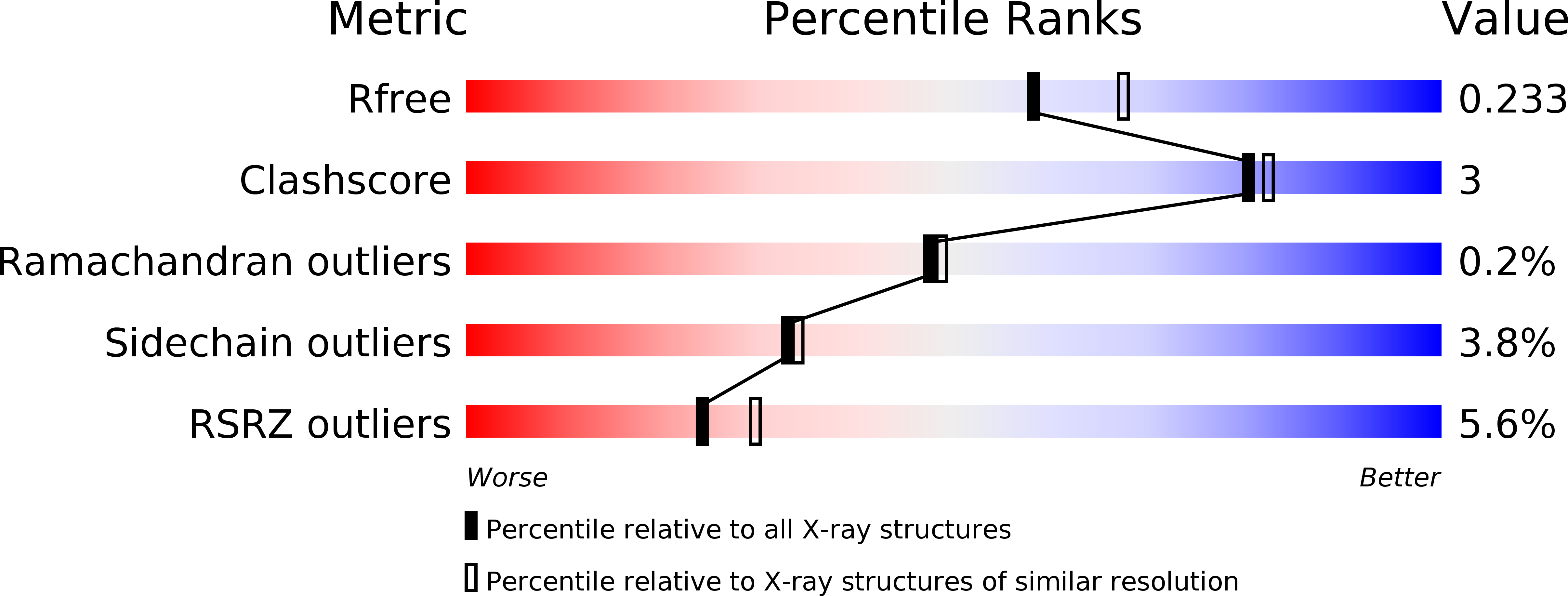
Deposition Date
2015-08-01
Release Date
2016-06-01
Last Version Date
2024-10-09
Entry Detail
PDB ID:
5CZX
Keywords:
Title:
Crystal structure of Notch3 NRR in complex with 20358 Fab
Biological Source:
Source Organism:
Homo sapiens (Taxon ID: 9606)
Host Organism:
Method Details:
Experimental Method:
Resolution:
2.10 Å
R-Value Free:
0.22
R-Value Work:
0.19
Space Group:
P 21 21 21


